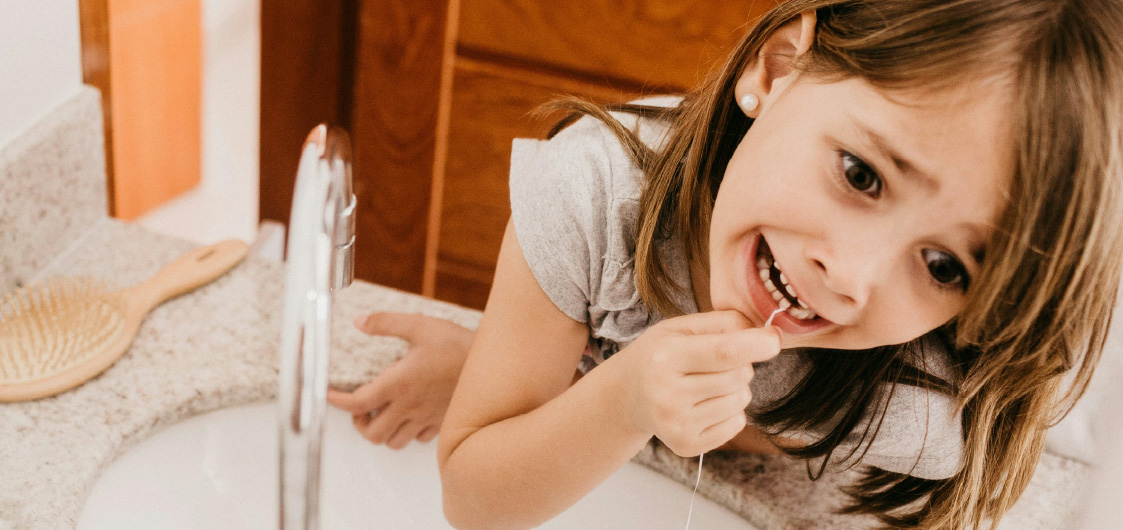Cavities, also known as tooth decay, are one of the most common dental issues affecting people of all ages. The good news? Most cavities are entirely preventable with the right oral hygiene habits. The foundation of cavity prevention comes down to two simple practices: brushing and flossing. But are you doing them correctly?
In this guide, we’ll break down how to brush and floss properly, so you can keep your teeth healthy, avoid unnecessary dentist visits, and maintain a confident, cavity-free smile.
Why Is Brushing and Flossing So Important?
Brushing and flossing aren’t just about fresh breath and clean teeth. Every day, a sticky film called plaque builds up on your teeth. Plaque contains bacteria that feed on the sugars and starches in the food you eat. As they break these down, the bacteria produce acids that can eat away at your tooth enamel, eventually causing cavities.
If plaque isn’t removed regularly, it hardens into tartar (or calculus), which can lead to gum disease, stained teeth, and more serious dental problems. The only way to effectively remove plaque at home is through thorough brushing and flossing.
How to Brush Properly
1. Choose the Right Toothbrush
- Use a soft-bristled toothbrush. Hard bristles can damage your gums and wear down enamel over time.
- Make sure the brush head fits comfortably in your mouth so you can reach all areas easily.
- Electric toothbrushes can be a great option, as they often do a more consistent job of cleaning.
2. Use Fluoride Toothpaste
Fluoride helps strengthen tooth enamel and makes it more resistant to decay. Choose an Australian Dental Association (ADA) approved fluoride toothpaste.
3. Brush for Two Full Minutes
Many people brush for less than a minute — not nearly enough time to clean all surfaces. Divide your mouth into four sections (upper right, upper left, lower right, lower left) and spend about 30 seconds on each.
4. Brushing Technique
- Hold your toothbrush at a 45-degree angle to your gums.
- Use short, gentle strokes or small circles, focusing on the gum line as well as the teeth.
- Clean the outer surfaces, inner surfaces, and chewing surfaces of all teeth.
- Don’t forget to brush your tongue to remove bacteria and keep your breath fresh.
5. Replace Your Toothbrush Regularly
Change your toothbrush or electric brush head every three to four months — or sooner if the bristles look worn.

How to Floss Properly
Flossing cleans between the teeth where a toothbrush can’t reach. It’s vital for removing plaque and food particles that would otherwise linger and contribute to cavities and gum disease.
1. Choose Your Floss
- Traditional dental floss (waxed or unwaxed) works well for most people.
- If you have tight spaces between teeth, waxed floss or tape might slide in more easily.
- Floss picks or interdental brushes can also be good alternatives, especially if you find regular floss tricky to use.
2. Floss Once a Day
Make flossing a daily habit. The best time is at night, so you go to bed with a clean mouth.
3. Flossing Technique
- Break off about 45cm of floss and wind most of it around each middle finger, leaving about 5cm to work with.
- Gently slide the floss between your teeth, being careful not to snap it down onto your gums.
- Curve the floss into a C shape against one tooth and slide it up and down along the side of the tooth and just under the gumline.
- Use a clean section of floss for each tooth.
Extra Cavity-Fighting Tips
💧 Drink plenty of water — especially fluoridated tap water. It helps wash away food particles and strengthens teeth.
🍎 Watch your diet — Limit sugary snacks and drinks, as frequent sugar exposure feeds cavity-causing bacteria.
👨⚕️ See your dentist regularly — Even the best brushing and flossing can’t remove tartar. A professional clean helps keep your mouth healthy.
🕒 Don’t rush — Good oral hygiene isn’t about speed. Taking a few extra minutes now can save you from costly dental work later.

Signs You Might Not Be Brushing or Flossing Properly
Even with good intentions, improper technique can still leave plaque behind. Here are a few signs you might need to adjust your routine:
- Your gums bleed when you brush or floss (this could also indicate gum disease)
- You notice bad breath that won’t go away
- You can feel plaque buildup, especially around the gumline
- You’re getting cavities despite brushing and flossing daily
If any of these apply, ask your dentist or hygienist to review your technique at your next visit — they can offer personalised tip or professional teeth whitening if desired.
What If You Already Have Cavities?
If your dentist finds a cavity, the sooner it’s treated, the better. Small cavities can usually be fixed with a simple filling. Left untreated, decay can spread deeper into the tooth, leading to pain, infection, or the need for more extensive work like crowns or root canals.
Brushing and flossing properly every day helps stop cavities from forming in the first place — but it’s never too late to start improving your routine.
Final Thoughts
Brushing and flossing properly is your best defence against cavities and costly dental treatments. When done correctly and consistently, these simple daily habits help protect your teeth from decay, strengthen your gums, and support your overall health. By following the steps outlined above, you can protect your teeth, keep your gums healthy, and enjoy a brighter smile for years to come. Remember, your oral health is closely linked to your general wellbeing, so it’s worth taking the time to care for it properly.
Consistency is key. Make brushing and flossing a non-negotiable part of your daily routine, and your teeth will thank you.
Ready for your next check-up?
If you’re overdue for a dental visit, now’s the perfect time to book. A professional clean and exam can help catch issues early and keep your smile in top shape.
👉 Book your appointment today or call our friendly team about our professional teeth whitening services. Your brighter smile starts here.

